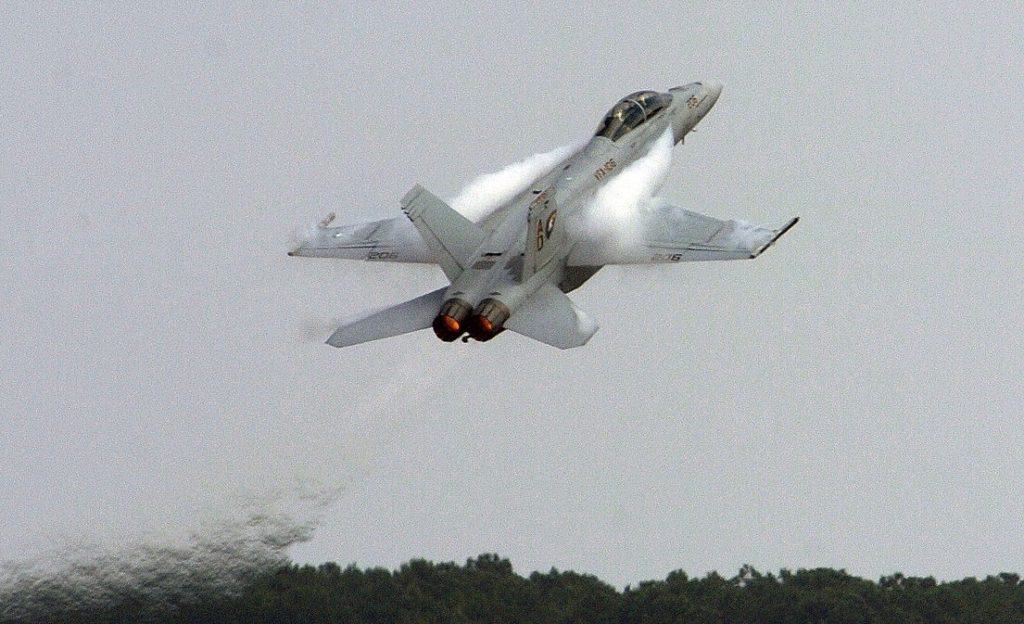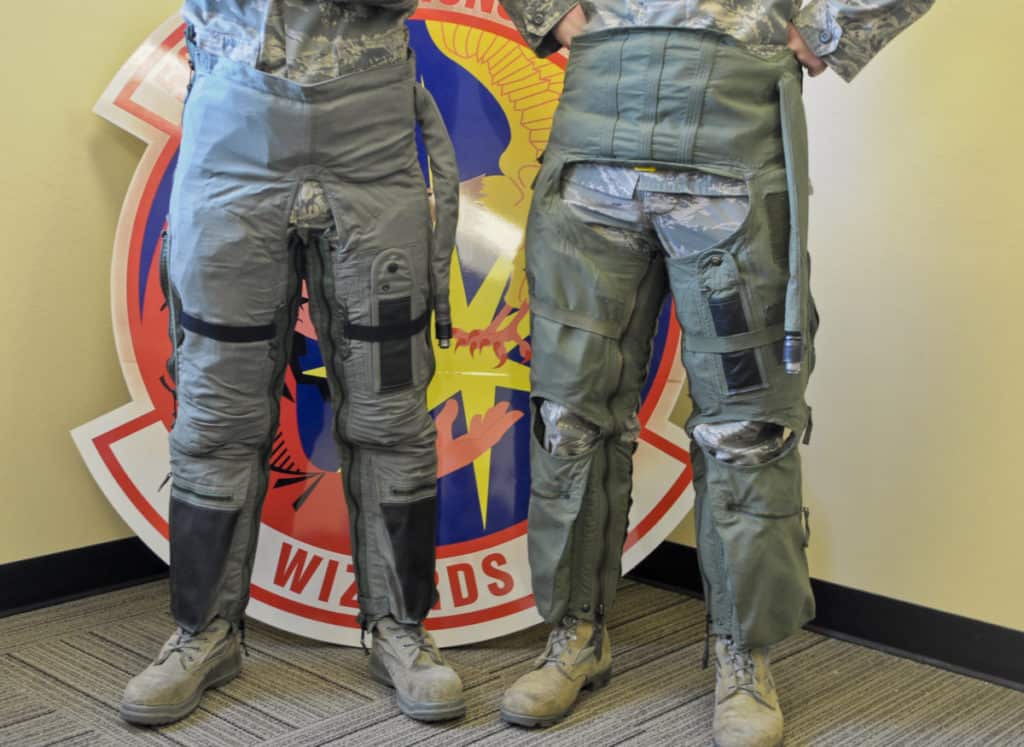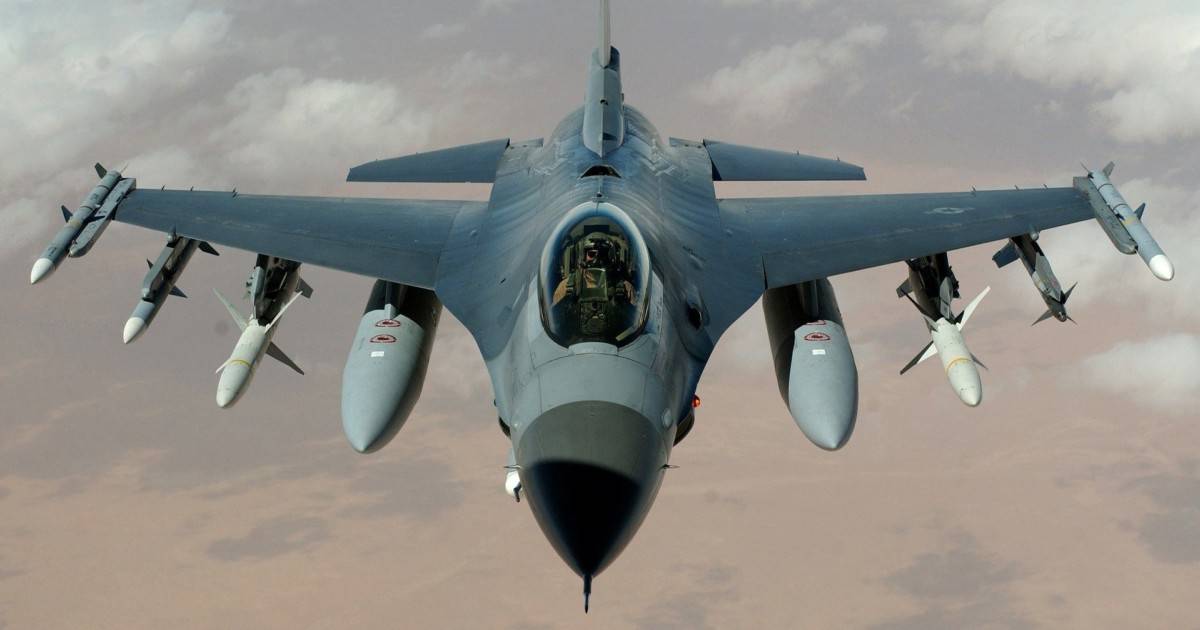As I was perusing the internet, YouTube suggested a video to me of a pilot in a centrifuge and his face was all warped and then he blacked out! I’m sure you may have seen similar videos and I wanted to explain what this is all about.
Fighter pilots lose consciousness or blackout when they pull a High-G maneuver in their aircraft which forces all the blood from their brain and into the abdomen and feet. Without blood delivering oxygen to the brain, it can cause unconsciousness within 5-10 seconds at 4g and higher.
I’ve been on roller coasters where I have experienced several g’s but I cannot imagine how a fighter pilot can deal with a 9g maneuver! Read on to find out what causes this very common phenomenon…
Why Does A Fighter Pilot Pass Out?
To function, our brains need oxygen, and that oxygen is brought to the brain from our lungs via blood. During normal daily life, our brains require approximately 3.3 ml of oxygen per 100 g of brain tissue per minute (Butterworth, Roger F. (1999). “Hypoxic Encephalopathy“).
When a brain is starved of oxygen, it is known as cerebral hypoxia and mild symptoms can be short-term memory loss, inability to complete complex tasks, decreased motor control, and bluing of the skin. Kind of all the things a fighter pilot would need when flying!
When prolonged oxygen deprivation occurs (from 5-10 seconds) the pilot can begin to lose consciousness.
The reason why a fighter pilot’s brain is not getting enough oxygen to their brain is because the high g forces are pulling all the pilot’s blood into their abdomen and feet via centrifugal force. The human heart is not strong enough to overcome the high g forces and keep the blood flowing up to the brain under such high loads.
This video is a great example of what happens when a pilot is subjected to high g forces:
Once blood flow and oxygen levels are restored the pilot will come around quite quickly, but if this were to happen while piloting a jet flying low to the ground, the consequences are usually fatal. To prevent the brain from being starved of oxygen, pilots are trained to know and prepare for the kind of maneuvers that will create high g forces and use several things to keep the blood around the brain.What Situations Cause A Fighter Pilot To Pass Out?
1g or Gravitational Force Equivalent is the weight we feel from the earth’s gravity pulling us to the ground. When you step on a scale, your weight shown is the earth’s gravity pulling the mass of your body down onto the weighing system.
If you have been on a roller coaster or an airplane and you get a bump that makes your stomach feel funny and light in the seat, this is zero-g or a weightlessness feeling.
The opposite happens when you begin to feel heavier in the seat, like when a car accelerates or on a roller coaster at the bottom of a dip. This increased feeling in your weight is positive g. It is the positive g that pilots have to deal with the most.

Fighter pilots experience positive g during certain maneuvers of their aircraft that imparts high centrifugal loads on their bodies. Two of the maneuvers that can impart the highest g on a pilot are:
- Tight banking turns
- Sudden climbs from a level flight, also called ‘Pull Ups’
Some of these maneuvers can lead to +10g of force being felt by the pilots in an instant. This means their body can now weigh 10x heavier! When under these high g forces for prolonged periods of time (several seconds), a lot of physical work has to be done by the pilot to stay conscious.

Join My Newsletter & Get Great Tips, Information and Experiences To Help You Become a Superb Pilot!
How Can A Fighter Pilot Prevent Passing Out?
The ‘several things’ I mentioned earlier that pilots use to help keep blood around the brain are a mixture of equipment and techniques. Here are some of the most common things used by fighter pilots all over the globe:
Breathing Techniques
There are many different methods used by pilots. Some say words, some shout and some just talk to themselves very forcefully, but the function of what they are doing is the same.
By taking in a breath before the maneuver then forcefully saying the words, or noises during the high g it helps to tighten the muscles in their necks and face to constrict the blood vessels. This helps to stop the blood flowing down towards their feet.
During prolonged high g they may spit out the last of the word, take a quick deep breath, and repeat. It is kind of hard to describe, but in the video at the end of the article, you will see what I mean.
Muscle Tensing
Fighter pilots are trained to tense every muscle in their body during high g maneuvers to restict the blood flowing down. This acts like a traffic jam. If the blood can’t flow, then it can’t leave the brain. This allows the brain to suck up every last bit of oxygen from the blood while it has the chance.
You will never see an obese fighter pilot because to withstand the high g they have to work out and train hard to keep their bodies in peak physical shape to be able to cope under these flight conditions. It only takes one blackout and that could be it for the pilot.
G-Suits
Fighter pilots are kitted with an Anti-G or more commonly known as a G-Suit. This suit is a special pair of tight-fitting pants that the pilot wears, usually over their flight suit.

This suit is fitted with bladders that are inflated by the aircraft when high g forces are sensed. The bladders press against the pilot’s legs and abdomen to restrict the blood flow. When the aircraft leaves the high g the bladders automatically deflate.
To Finish
The g-suit coupled with the pilot’s breathing and muscle tensing techniques are what allow pilots to stay fully conscious when flying high g maneuvers.
It’s also not just fighter pilots who are subject to passing out under high g forces, but aerobatic and racing pilots also face the same demon. Some of the best video footage you will see of pilots fighting high g is in the Red Bull Air Racing series. This video below shows exactly how these guys deal with not passing out:
Further Reading
If you found this article interesting and would like to keep reading, I highly recommend the following articles from my blog:

